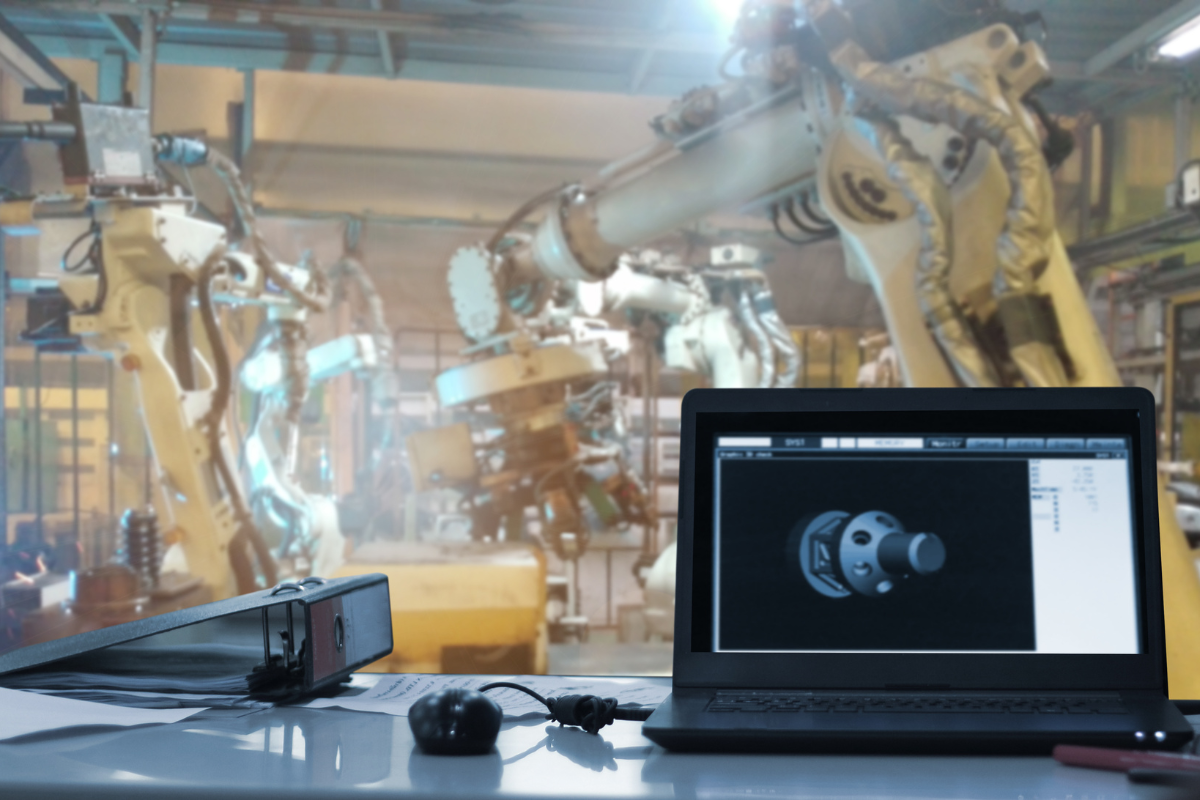
Predictive Maintenance: Time Series Databases For Automated Equipment Monitoring
Posts by Alan TaylorNovember 11, 2023
In today’s technologically advanced world, industries are adopting predictive maintenance techniques to enhance equipment performance and overall results.
We’ll explore the role of time series databases in automating equipment monitoring and transforming maintenance strategies for more effective and productive outcomes.
Understanding Predictive Maintenance
Predictive maintenance is an approach to equipment maintenance that leverages data and analytics to predict when machinery is likely to fail.
Rather than have a fixed schedule for maintenance, which can lead to unnecessary use of resources or breakdowns, this approach uses real-time data and analysis to optimize the maintenance schedules.
It has several benefits, including reduced maintenance costs, more safety, and it’s valuable in industries where machinery downtime can result in financial losses or safety hazards.

The Role of Time Series Databases for Automating Equipment Monitoring
Considering that real-time data is key to predictive maintenance, time series databases can be very valuable in certain use cases.
Time series databases have tailored features that allow to efficiently store, manage, and analyze time stamped data.
These databases enable the collection and storage of data at regular time intervals, offering a granular view of equipment performance and continuously monitor sensors.
This allows businesses to detect early signs of failure and act sooner rather than later.
The combination of predictive maintenance and a time series database like CrateDB, gives businesses the tools to ensure smoother operations, minimize downtime, and optimize resource allocation.
Data Sensors and IoT In Predictive Maintenance
Predictive maintenance thrives on the integration of data sensors and IoT devices, which have significantly increased the effectiveness of automated equipment monitoring. Why? There are several reasons:
- Collecting data in real-time: Data sensors and IoT devices continuously collect important information, such as temperature and pressure, providing a clear view of the health and condition of the equipment. This allows the identification of problems in real-time;
- Predictive Analytics: Data sensors and IoT devices generate time series data that machine learning algorithms can analyze to predict equipment failures, in order to plan maintenance activities more in a more effective way;
- Monitoring remotely: IoT-enabled sensors allow for remote monitoring of all the equipment. This way, maintenance teams can keep an eye on operations from anywhere, even mles away from the equipment. This allows teams to act faster in case of issue, eliminating the need for physical presence;
- Reduced Downtime: This is something important for any business because it can avoid interruptions to their operation that can be very expensive in the long run. By using data sensors and IoT devices, companies can fix problems before they cause equipment failure, especially in industrial settings;
- Data Integration: Data sensors and IoT devices integrate diverse data sources, including equipment, environmental, and operational data. Nonetheless to say that the ability to correlate and analyse this diverse data is a game-changer in predictive maintenance;
- Maintenance only when necessary: Lastly, with the help of IoT sensors, businesses can now obtain real-time updates on the equipment’s condition. This approach to maintenance ensures that assets receive service only when necessary. Of course, this will enhance maintenance schedules and reduce unnecessary allocation of resources.
Technologies like data sensors are transforming the way equipment management is done for business across the globe.
The impact is obvious, since they are enhancing their efficiency, and ensuring that equipment remains in the best condition possible to achieve their businesses’ goals.

Real-Life Use Case
SPGo! aims to revolutionize the mining industry by successfully predicting potential issues with critical equipment.
Given the distance covered by mineral conveyor belts, spanning from 1 to 15 km, it’s important to review the approach regarding equipment inspection that is normally done manually.
SPGo! developed a wireless and eco-friendly solution with real-time component monitoring, predictive failure analysis, task fulfilment, maintenance plans, and more.
Using a predictive algorithm, SPGo! alerts clients about specific equipment failures during planned maintenance stops.
To complete this solution SPGo! looked for a time series database capable of meeting the needs of the large-scale deployment of an application and concluded that CrateDB was the best option.
CrateDB offers several key features that support this digital solution perfectly: fast response for big data management, the ability to host data locally without an internet connection or external cloud service, incredibly fast writing and reading speeds, no bottlenecks, high scalability and others.

SPGo!’s solution aims to continue to improve and convert unscheduled stops into predictive maintenance, improving the performance and service life of components and ensuring the availability of materials for customers, all with the support of CrateDB.
